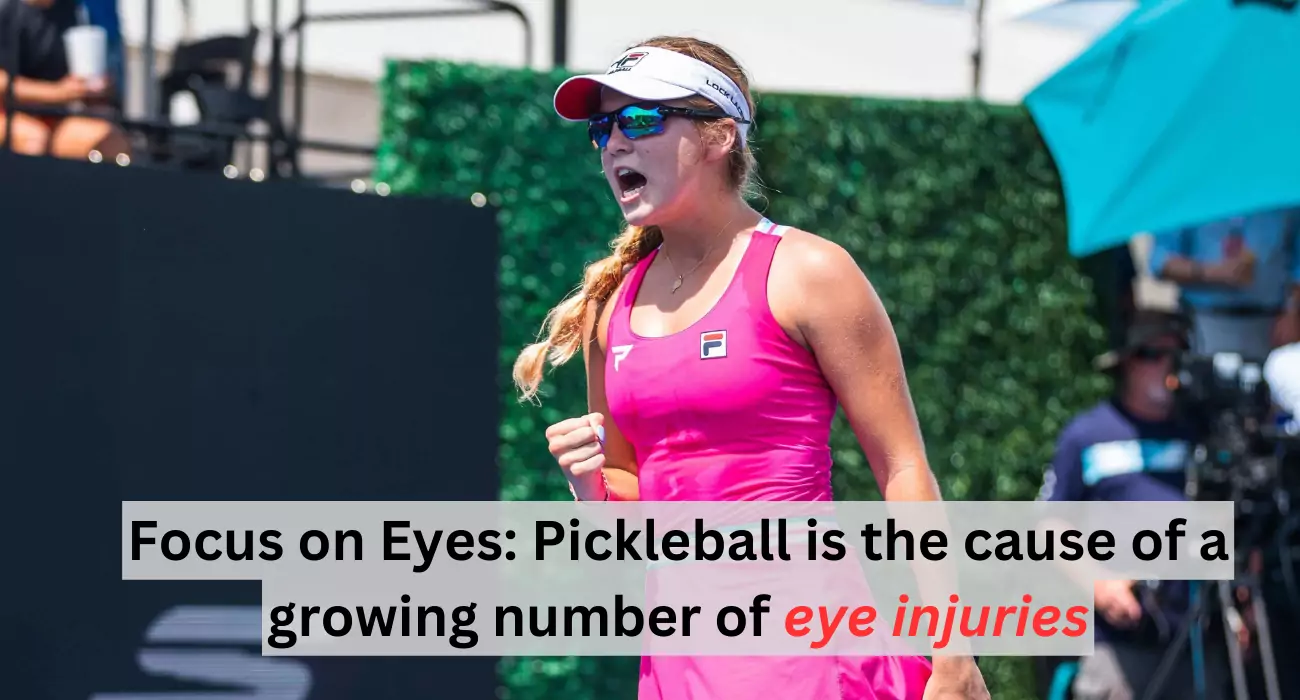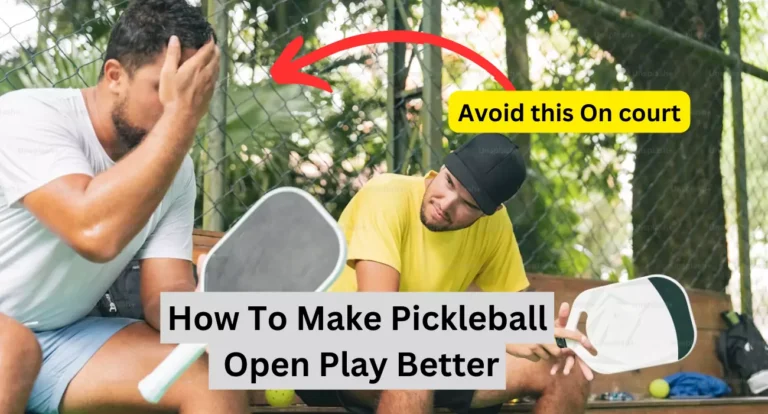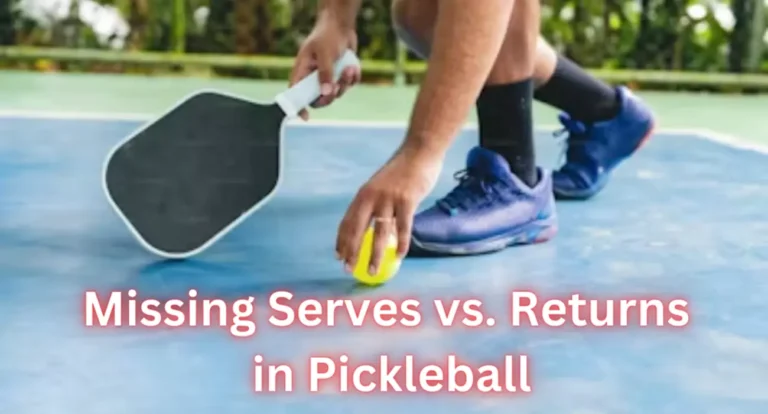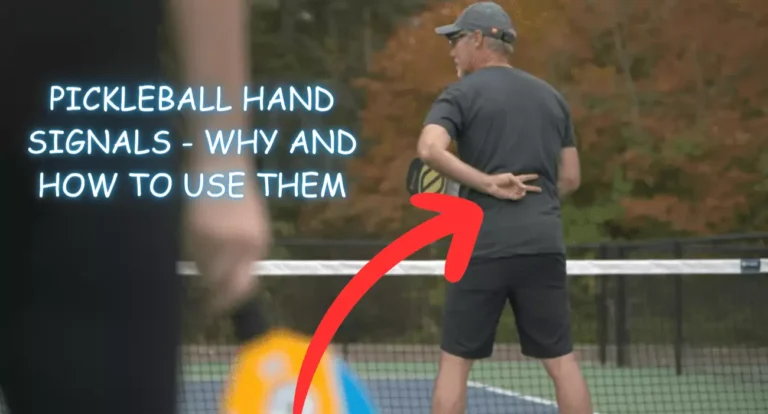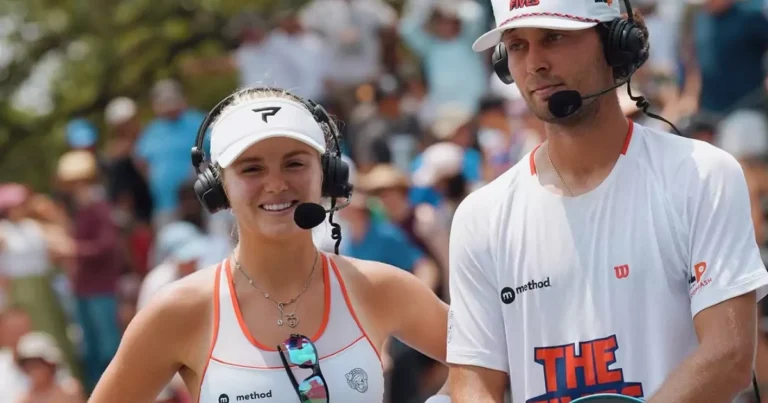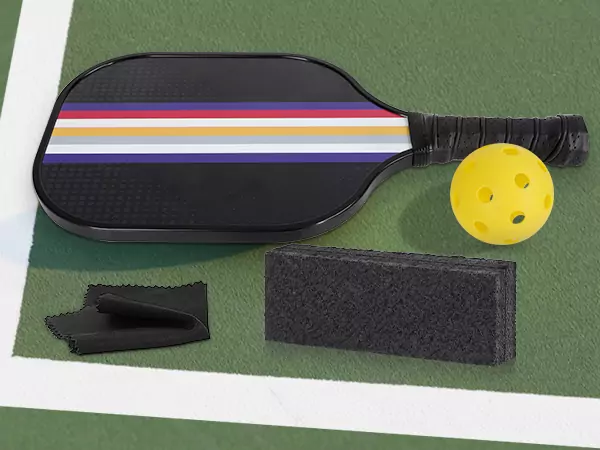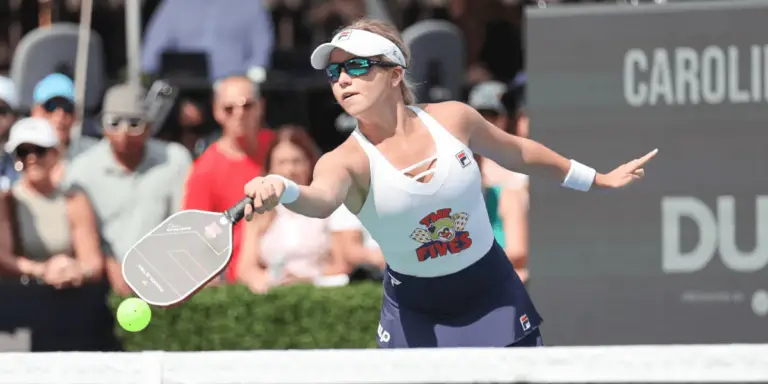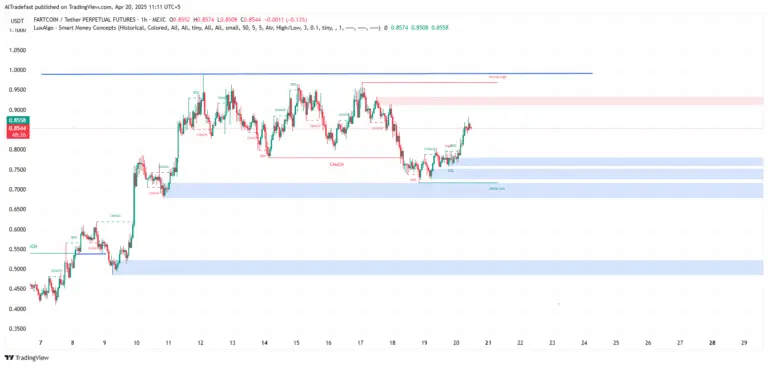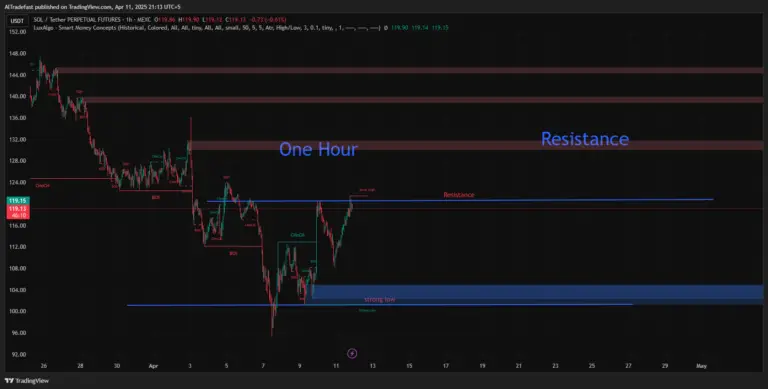Pickleball, a sport that’s easy to learn and physically less demanding, is gaining popularity among people of all ages, especially seniors. Enthusiasts like Gerry Turner, also known as the Golden Bachelor, are driving the sport’s growth. While pickleball fosters a sense of community among players, its increasing popularity has also led to a surge in pickleball-related eye injuries, according to ophthalmologists.
The Hidden Risks of Pickleball: Eye Injuries on the Rise
Pickleball, a popular sport among seniors and enthusiasts like Gerry Turner, may be easy to learn and physically less demanding, but it poses a significant risk to eye safety. The small court size, crowded teams, and fast-moving balls and paddles create a hazardous environment for players.
The Risks:
- A pickleball can travel up to 25 miles per hour, causing severe eye injuries.
- The small court size heightens the risk of injury.
- The paddle can inflict traumatic eye injuries, either from a partner or self-inflicted.
- Accidental collisions, falls, and ricocheted balls increase the risk of eye damage.
- Eye injuries range from black eyes, corneal abrasions, and contusions to more severe cases like retinal tears, retinal hemorrhages, and retinal detachment.
- There is little quantitative data about the frequency of pickleball- Eye related injuries, however, social media contains many posts of pickleball-related accidents.
The Solution:
- Wear protective eyewear, recommended by the American Society for Testing and Materials (ASTM), to reduce the severity and chance of injury.
- If you experience vision changes, significant pain, or bleeding after an eye injury, seek immediate medical attention from an ophthalmologist.
Expert Advice:
Dr. Frederick Ho, a board-certified ophthalmologist and medical director of Atlantic Eye MD and Atlantic Surgery and Laser Center, emphasizes the importance of proper eye protection. “Physical activities like pickleball are great for the body and brain, but we must prioritize eye safety to enjoy these benefits.”
